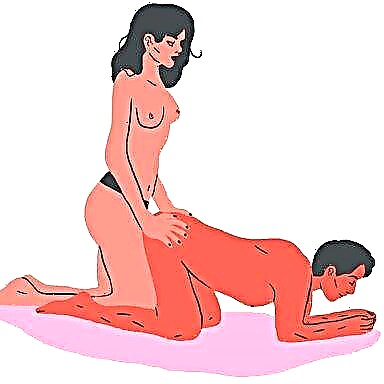
The following tips from the experts at Koleso2000.ua will tell you how to tell if your tires are worn out and need to be replaced soon. While it's always best to seek professional tire help, these signs will indicate that you should start looking for new tires for your vehicle.
Protector wear. Tire tread depth is measured in 32 fractions of an inch. New tires have 9/32″ to 11/32″ tread. A tire is considered unsafe if the tread is worn to 2/32 of an inch.
You can determine the tread depth for changing tires using the penny test method or a tread depth gauge.
For the most part, the penny test is very reliable. We recommend using it as a starting point.
Bubbles and bulges. A bulge on a tire usually indicates that the tire's rigid inner carcass has been damaged, allowing air pressure to reach the flexible outer layers of the tire. Any tires with sidewall bulges or bubbles should be replaced immediately, even if the tread condition is acceptable.
Vibration. If your tires have worn unevenly, you may feel a vibration in the steering wheel while driving. Vibration can also be caused by poor alignment, so it's important to have a tire specialist determine the cause of the vibration.
Sidewall cuts or cracks. Tire age is a common cause of sidewall cracking. All tires are subjected to various harsh operating conditions and as a result, the rubber in tires naturally degrades over time. Imagine an old rubber band that has become brittle and breaks easily. The same goes for tires, even if they are not in use and stored in a place where cracks can form. Typically, cracks are caused by exposure to sunlight, excessive heat, road surfactants and ozone. Cuts, on the other hand, are usually caused by force, such as hitting a stone or something sharp.
Driven nails or stones. Obviously, if something is stuck in the tire, the problem needs to be fixed immediately. Even if the hole does not cause excessive leakage, ignoring the nail hole can lead to problems for the driver later on. Moisture can seep into the tire, causing the steel parts to rust. Entangled objects can weaken a section of the tire and cause a dangerous rupture if not treated promptly.
Visible damage. Abnormal wear may indicate misaligned rims, improper inflation pressure, tire rotation, or possibly all of the above.
Damaged valve caps. If the cap cannot be tightened tight enough, it will continually loosen. If it is tightened too tight, the threads on the stem may break. A damaged valve cap can let air in and also let dirt, moisture and debris into the tire.



